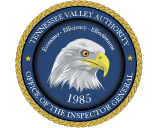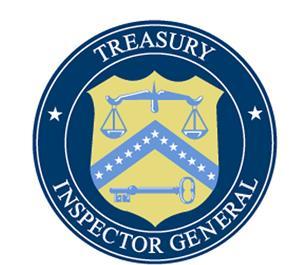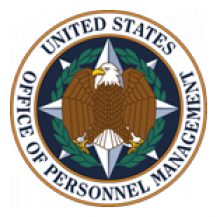We performed four agreed-upon procedures that were requested solely to assist management in determining the validity of the Winning Performance payout awards for the year ended September 30, 2011.Results of the procedures applied follow. In summary,The fiscal year (FY) 2011 WP goals were properly approved, including two changes approved on August 15, 2011 and August 24, 2011. These two changes affected 16 scorecards and resulted in increases to the payout.The actual year to date FY 2011 measures for the Strategic Business Unit and Business Unit scorecards agreed with the respective supporting documentation provided.The two actual year to date incentivized TVA Corporate balanced scorecard measures agreed with the underlying support provided.The mathematical accuracy of the payout percentages and subsequent changes were verified by the OIG through recalculation. Summary Only
| Report Date | Agency Reviewed / Investigated | Report Title | Type | Location | |
|---|---|---|---|---|---|
| Tennessee Valley Authority | Agreed-Upon Procedures for TVA Fiscal Year 2011 Performance Measures | Audit | Agency-Wide | View Report | |
| Department of the Treasury | SAFETY AND SOUNDNESS: Failed Bank Review of The First National Bank of Florida | Audit | Agency-Wide | View Report | |
| Department of the Treasury | SAFETY AND SOUNDNESS: Failed Bank Review of First Southern National Bank | Audit | Agency-Wide | View Report | |
| Department of the Treasury | INFORMATION TECHNOLOGY: Fiscal Year 2011 Audit of Treasury's Federal Information Security Management Act Implementation for its Collateral National Security Systems | Audit | Agency-Wide | View Report | |
| Department of the Treasury | SAFETY AND SOUNDNESS: Failed Bank Review of BankMeridian, National Association | Audit | Agency-Wide | View Report | |
| AmeriCorps | Audit of Earned Education Awards Resulting from Compelling Personal Circumstances | Audit | Agency-Wide | View Report | |
| Office of Personnel Management | Audit of Information Systems General and Application Controls at Bluecross Blueshield of South Carolina | Audit | Agency-Wide | View Report | |
| Office of Personnel Management | Federal Information Security Management Act Audit FY 2011 | Audit | Agency-Wide | View Report | |
| Office of Personnel Management | Audit of the Federal Employees Health Benefits Program Operations at Humana Health Plan of Texas, Inc. 1C-UR-00-11-013 | Audit | Agency-Wide | View Report | |
| Office of Personnel Management | Audit of the Federal Employees Health Benefits Program Operations at Kaiser Foundation Health Plan of Georgia, Inc. 1C-F8-00-11-021 | Audit | Agency-Wide | View Report | |





